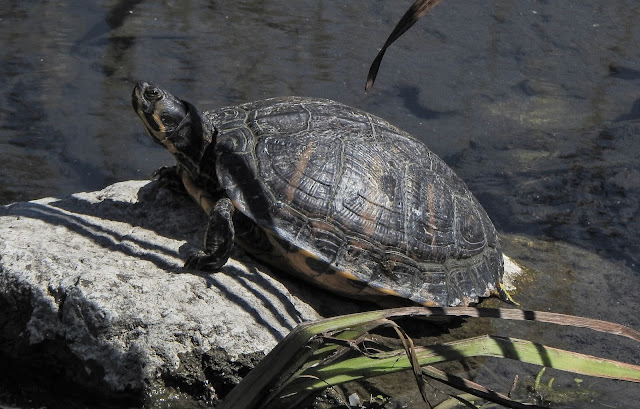The Greater kudu (Tragelaphus strepsiceros) is a woodland antelope found in Africa. Despite occupying such widespread territory, Greater kudus are sparsely populated in most areas due to declining habitat, deforestation, and poaching.
Greater kudus have a narrow body with long legs, and their coats can range from brown/bluish-grey to reddish-brown. They possess between 4 and 12 vertical white stripes along their torso. The head is usually darker in color than the rest of the body and exhibits a small white v-shaped mark that runs between the eyes. Bulls tend to be much larger than cows, and vocalize much more; they also have beards running along their throats and large horns with two and a half twists.

The range of Greater kudu extends from the east in Ethiopia, Tanzania, Eritrea, and Kenya into the south where they are found in Zambia, Angola, Namibia, Botswana, Zimbabwe, and South Africa. Other regions where they occur are the Central African Republic, Chad, the Democratic Republic of the Congo, Djibouti, Malawi, Mozambique, Somalia, Swaziland, and Uganda. These antelopes live in mixed scrub woodlands and bush on abandoned fields and degraded pastures, mopane bush, and acacia in lowlands, hills, and mountains. They will occasionally venture onto plains only if there is a large abundance of bushes but normally avoid such open areas to avoid becoming an easy target for their predators.

Greater kudus are social animals that live in groups within their home areas. Females usually form small groups of 6-10 with their offspring, but sometimes they can form a herd of up to 20 individuals. Male kudus may form small bachelor groups, but they are more commonly found as solitary and widely dispersed individuals. Solitary males will join the group of females and calves only during the mating season. Home ranges of maternal herds can overlap with other maternal herds while home ranges of adult males generally encompass the ranges of two or three female groups. Greater kudus may be active throughout the 24-hour day. During the day, they normally cease to be active and instead seek cover under woodland, especially during hot days. They feed and drink in the early morning and late afternoon, acquiring water from waterholes or roots and bulbs that have high water content. When a herd is threatened by predators, an adult (usually female) will issue a bark to alert the rest of the herd. Greater kudus communicate using many other vocalizations, including low grunts, clucks, humming, and gasping.

Greater kudus are polygynous meaning that one male mates with more than one female. They breed at the end of the rainy season, which can fluctuate slightly according to the region and climate. Before mating, there is a courtship ritual that consists of the male standing in front of the female and often engaging in a neck wrestling. The male then trails the female while issuing a low-pitched call. Gestation takes around 240 days and calving generally starts between February and March, when the grass tends to be at its highest. Females usually bear one calf, although occasionally there may be two. The pregnant female will leave her group to give birth; once she gives birth, the newborn is hidden in vegetation for about 4 to 5 weeks (to avoid predation). After 4 or 5 weeks, the calf will accompany its mother for short periods of time; then by 3 to 4 months of age, it will accompany her at all times. By the time it is 6 months old, the calf is quite independent of its mother. Female Greater kudus reach reproductive maturity at 15-21 months of age while males reach maturity when they are 21-24 months old.


%2010.jpg)
%2011.jpg)
%2010.jpg)













%20COURTESY%20OF%20MRS%20VALERIE%20FISHER%2020.jpg)
%20COURTESY%20OF%20MRS%20VALERIE%20FISHER%2021.jpg)


























